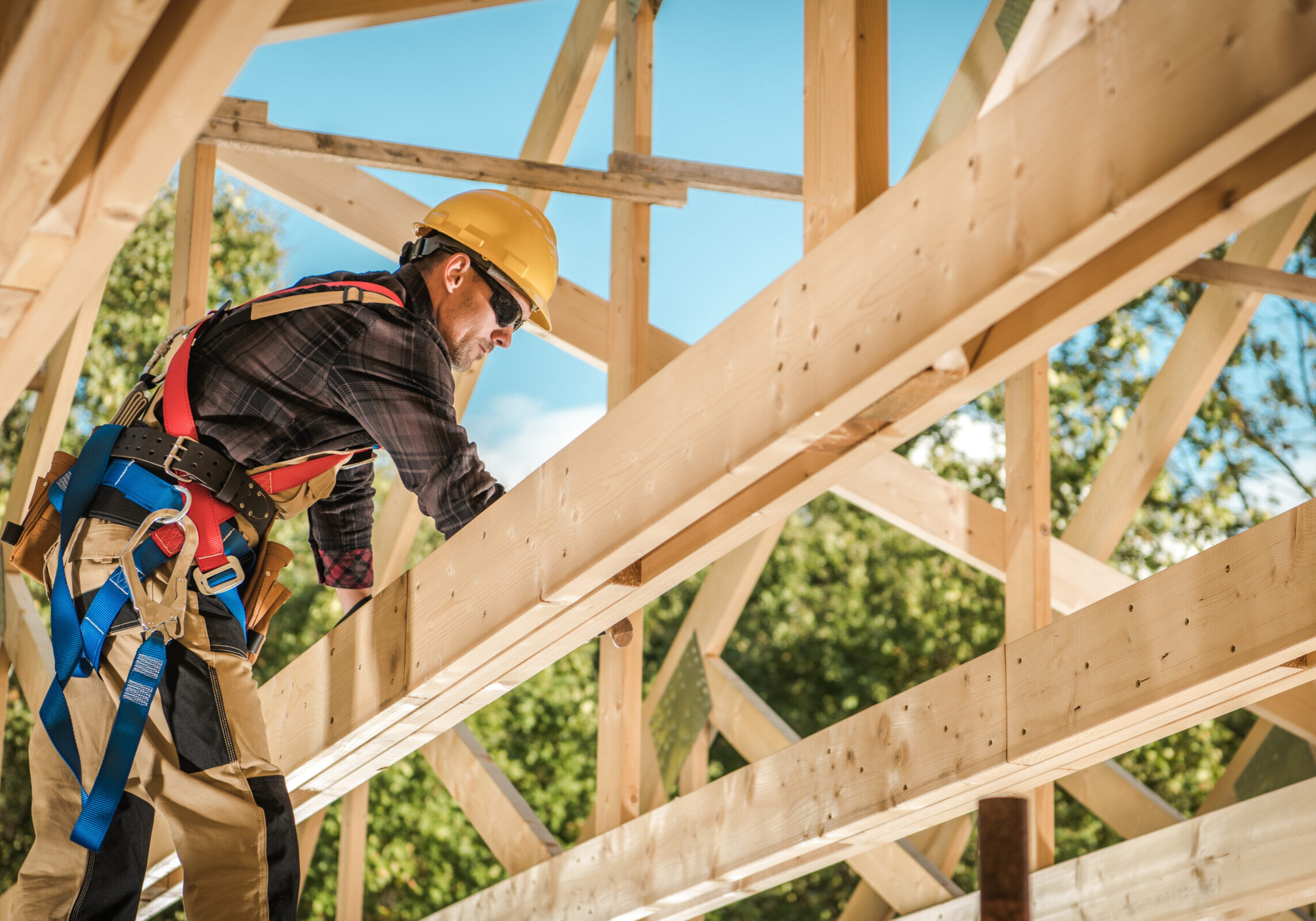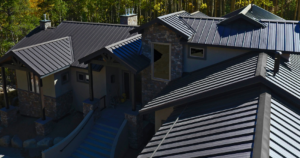What Virtual Sales Tools Are Real Home Builders Using?
May 7, 2020

The need to use virtual sales tools to keep homebuyers engaged while they’re unable to view homes in person has become increasingly important. But these online tools aren’t just a temporary fix — homebuyers are expecting them more and more as a standard website feature.
And it’s an opportune time for home builders to optimize their websites for homebuyers, because home listing traffic is spiking. In fact, there are more buyers looking for homes online than a year ago according to Zillow — indicating the interest for buying homes is still here.
In this post, we’ll look at online sales tools you can use to maximize your customer’s homebuying experience (check out our previous post on the topic, “Selling While Social Distancing: Real-World Solutions for Home Builders” too!). To add extra insight, we polled our own home builder partners on the online tools they use, and we’ll share their insights throughout this post.
What homebuyers are saying
In a recent poll, Realtor.com asked homebuyers which tech features would be most helpful to them while purchasing a home. Their top responses were:
-
A virtual tour of the home (61 percent)
-
Accurate and detailed listing information (58 percent)
-
Accurate and detailed neighborhood information (53 percent)
-
High quality listing photos (51 percent)
-
The ability for my agent or landlord to walk me through the property via video chat (39 percent)
These answers clearly indicate homebuyers want to see a house’s details on demand — and in effect, on their own time, as only the fifth response requires live help. So, let’s dive into what’s out there.
Virtual home tours
In a poll of our builder partners, about 56 percent of respondents said they had virtual home tours in place, while 44 percent said they did not. Of those who do provide virtual tours, the tech vendors are varied. They include:
- Matterport (one of the most popular responses): a subscription platform that’s compatible with certain cameras and phones to create 3D tours of the home. You can start with a free plan to download the program and take photos, but you’ll need to upgrade to a paid option to embed the tours on your website.
- Focus 360 Virtual Model Homes: a paid service that creates virtual walkthroughs using renderings to simulate the homebuying experience and allow home builders to advertise a new construction before it’s built.
- Roomored: a paid platform for home builders that helps, in part, to create 3D tours, hi-res renderings and video fly-throughs.
Our builder partners also reported having inhouse capabilities to create virtual tours, which could be a good option for anyone with a web developer on staff who can choose the best website plugin to integrate with your current site.
As an alternate option to virtual tours, one builder indicated they use BDX UTour, which allows home shoppers to visit model homes on their own. BDX sends a special digital lock system so shoppers can access the home for self-guided tours.
Not yet a HomeSphere builder?
HomeSphere is a free rebate program offering cash back on over 1,500 products from more than 80 of the top building product manufacturing brands.
Virtual design centers
Virtual design centers are a step up from virtual home tours, but they’re a fun tool for shoppers to use and understand their design options. From our survey, only 23 percent of respondents said they include an online design center on their website, while 77 percent do not.
While the tech doesn’t seem to be considered an industry must-have yet, it’s an opportunity to encourage homebuyers to spend longer on your website and better get to know your offerings. Just think how easy it’d be to get lost in designing their dream home — and it could also reduce steps later in the sales process.
Interestingly, virtual design centers also topped our survey responses for the tool our builder partners would most like to implement in the future. (Virtual tours were the second most wanted feature.)
Of our respondents who indicated having a design center solution, BDX’s Envision came up more than once.
For a more budget option, our builders also indicated they’re keeping it personal through video chats with their in-house designer. While that’s not an integrated website feature, it’s still a great way to keep the process moving along and easy for potential homebuyers to participate in.
High-quality listings and photos
Buyers indicated high-quality listings and photos are a must-have for your website (and anywhere else you list your properties) and it’s something we’ve talked about before on this blog.
Chances are if you don't already include robust details and photos of your model homes, your online presence isn’t extensive at this point. WordPress has plugins to use for featuring listings on a WordPress-powered website, while you can also purchase real estate-focused templates from services like Wix.
For builders who already have an online presence, it’s always a good idea to review your listings for quality. While written for agents and everyday sellers, Trulia and Zillow have great tips on what to include in a robust listing.
Video tours
Video tours are a necessity when buyers and sellers can’t meet in person, but having the capabilities to offer them year-round is a smart step. When it comes to video chat vendors, our builders overwhelmingly reported using Zoom or FaceTime.
There are also these options to keep in mind, like good ol’ Skype and Google Hangouts.
While video chats don’t feel as personal as face-to-face contact, figuring out the best tool that works for you will help not only in times of social distancing, but also for out-of-town homebuyers and other situations where remote contact is necessary.
SEO and paid ads
To wrap up our survey, we were curious how many of our builder partners drive traffic to their websites through SEO or paid search and advertising. The results were pretty split: 52 percent indicated they do, while 48 percent indicated they do not.
If anything, it shows there’s a lot of opportunity out there, and potentially a lot of space to make a name for yourself using SEO and paid search while other builders sit it out.
Of those who do use SEO and paid search, 41 percent indicated they performed these tasks in-house, while 59 percent outsource it to agencies or etc.
As outsourcing indicates, entire jobs center around SEO and Google (or Bing) ads, but that doesn't mean you can’t approach it on your own.
Here are some good background guides:
SEO Made Simple: A Step-by-Step Guide for 2020
What did we miss? Let us know the other online tools you’re using.






